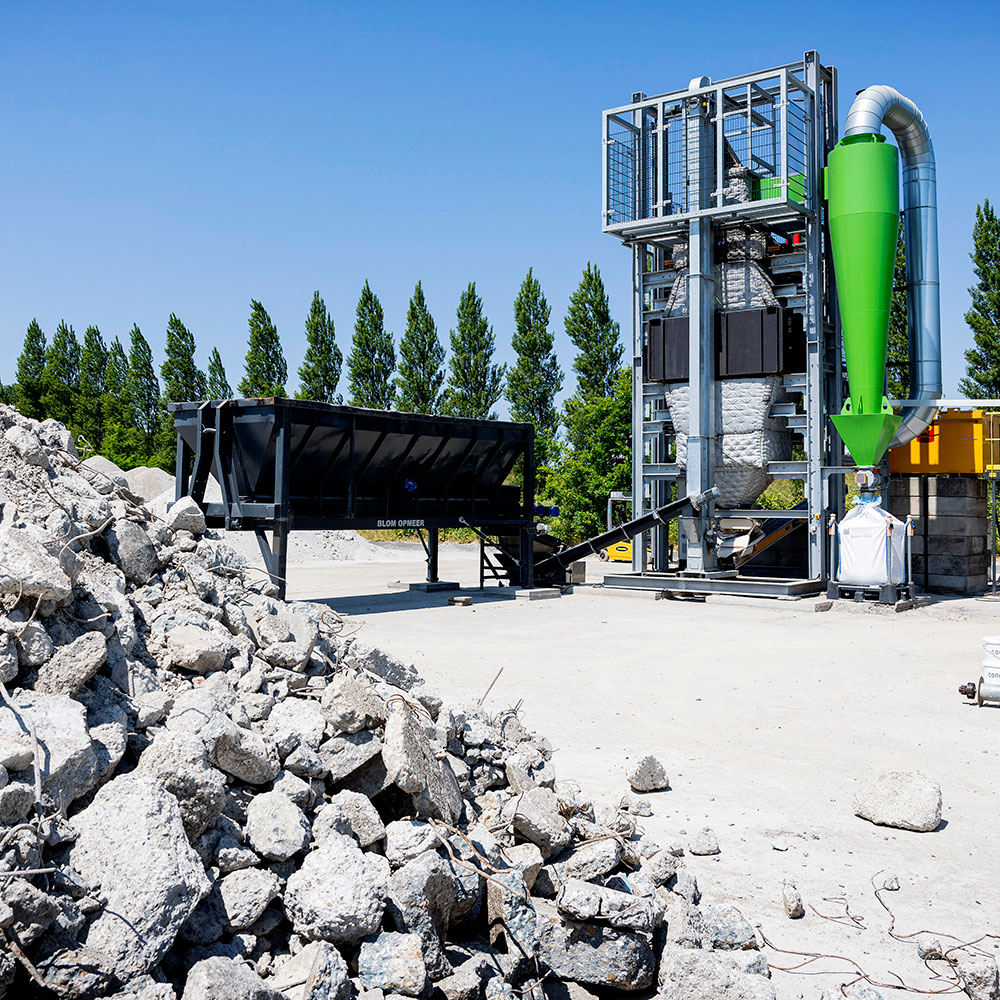Bioindustry Fund I
PEKILO® mycoprotein
Fungi-based mycoprotein is an environmentally friendly alternative to animal and some soya proteins. PEKILO® mycoprotein can be utilised not only in meat and dairy alternatives but also as an ingredient in aquafeed and pet food.
The investment into the development and production of this alternative protein has a significant positive contribution to biodiversity and ecosystem protection because the PEKILO® mycoprotein production process does not require direct land use as many other plant- and animal proteins do. When both direct and indirect land-uses are compared, PEKILO® protein reduces the land-use impact by 80% compared to tofu. The production of mycoprotein also has a low carbon footprint and requires minimal water use. PEKILO® protein’s carbon footprint is 2.8 kgCO2e per kg of protein, compared to 6.5–26.0 kgCO2e per kg of animal protein (chicken, pork or beef). Its footprint is also small compared to 6.0 kgCO2e per kg of soya protein.
By utilising industrial side streams and providing a more sustainable protein source, the investment promotes the fund’s goals to advance circularity, mitigate climate change and strive for more sustainable use of natural resources.

It is exceptional to find an investor that has as much experience in industrial-scale investment as Taaleri Bioindustry does. When we at Enifer were selecting anchor investors for the construction of our new production facility, it was essential to find an investor skilled in executing and scaling industrial projects.
The Taaleri Bioindustry team has strong technical expertise and experience in complex industrial processes which convinced us. In the end, the decision to choose Taaleri Bioindustry as an investor was easy.
Simo Ellilä
CEO & Founder, Enifer
All Bioindustry Fund I-related carbon footprint calculations consider the full life cycle of the product. The values presented are based on third-party verified LCA calculations from which the data has been adjusted to the annual production volumes. The numbers presented have not been modified to account for the fund's share of the carbon footprint, but they represent the total emissions. Only those values showing the fund’s share of the produced emissions are reported in the fund reports.
Carbon handprint is the amount of GHG that would have been emitted by the replaced product during the lifetime of the organisation’s product. The values presented are based on third party verified LCA calculations from which the data has been adjusted to annual production volumes. The numbers presented have not been modified to account for the fund's share of the carbon handprint, but they represent the total avoided emissions. Only those values showing the fund’s share of the produced impact are reported in the fund reports.











